A recently developed breed of cat, termed the lykoi , presents a unique form of hypotrichia . Individual hairs of the coat are either normal coloration or all white, producing a roaning effect. Lykoi owners have genotyped their cats for all the known cat fur type mutations, including variants in KRT71, which cause the hairless sphynx breed, Devon rex and Selkirk rex curly hair, and none of these variants are present in the lykoi cats. The breeding program was established in 2011 by a veterinarian who has constantly monitored health in the cats . No health concerns have been identified in the lykoi other than the lymphocytic mural folliculitis.
The lykoi has been genotyped for all the known cat fur type mutations, including variants in KRT71, which cause the hairless sphynx breed, Devon rex and Selkirk rex curly hair, and none of these variants are present in the lykoi cats. The breeding program was established in 2011 by a veterinarian, who has constantly monitored health in the cats . Several phenotypic traits in cats are heterogeneous, including the variants for the loci Long, Tailless, and the classic pattern of Tabby, which are each caused by four different mutations in the genes FGF5 , TBX1 , and LVRN , respectively. Variation in the phenotypic presentations caused by these different variants is undocumented. Only the TBX1 variants define breeds, the Manx and Cymric, which is a longhaired Manx, the Long and Tabby variants segregate within and amongst breeds. A few breeds have unique and breed defining variants, such as Scottish folds , Selkirk rex , Devon rex, and sphynx .
Like the Manx, the lykoi will be a unique breed that segregates for several variants within the same gene, HR, that present a similar phenotype . Unlike the Manx variants , the variants that cause the hypotrichosis are recessive and do not cause additional health concerns known to date. The only documented abnormality is the sparse haircoat resulting from abnormal follicular development and lymphocytic mural folliculitis. Some variants are not perpetuated as they tend to cause more periodic hair loss, suspected to be associated with sex hormone levels . The lykoi breeders can now use genetic testing to monitor the variants in the population and to realize possible associations with phenotypic differences in compound heterozygotes.
Additional haplotype analyses of flanking variants could determine if the eight reported founder lineages with the exon 8 variant are identical by descent or identical by state and represent multiple de novo mutation events at the same site. A few breeds have unique and breed defining variants, such as Scottish folds , Selkirk rex , Devon rex, and Sphynx . The domestic cat numbers over 94 million in the USA alone, occupies households as a companion animal, and, like humans, suffers from cancer and common and rare diseases. However, genome-wide sequence variant information is limited for this species.
To empower trait analyses, a new cat genome reference assembly was developed from PacBio long sequence reads that significantly improve sequence representation and assembly contiguity. The whole genome sequences of 54 domestic cats were aligned to the reference to identify single nucleotide variants and structural variants . Across all cats, 16 SNVs predicted to have deleterious impacts and in a singleton state were identified as high priority candidates for causative mutations. The SNV is found in cats segregating for feline mediastinal lymphoma and is a candidate for inherited cancer susceptibility.
SV analysis revealed a complex deletion coupled with a nearby potential duplication event that was shared privately across three unrelated dwarfism cats and is found within a known dwarfism associated region on cat chromosome B1. This SV interrupted UDP-glucose 6-dehydrogenase , a gene involved in the biosynthesis of glycosaminoglycans. Importantly, UGDH has not yet been associated with human dwarfism and should be screened in undiagnosed patients.
The new high-quality cat genome reference and the compilation of sequence variation demonstrate the importance of these resources when searching for disease causative alleles in the domestic cat and for identification of feline biomedical models. Author summary The practice of genomic medicine is predicated on the availability of a high quality reference genome and an understanding of the impact of genome variation. The generation of Felis_catus_9.0, a new high quality reference genome for the domestic cat, helps facilitate the expansion of genomic medicine into the felis lineage.
Using Felis_catus_9.0 we analyze the landscape of genomic variation from a collection of 54 cats within the context of human gene constraint. The distribution of variant impacts in cats is correlated with patterns of gene constraint in humans, indicating the utility of this reference for identifying novel mutations that cause phenotypes relevant to human and cat health. Moreover, structural variant analysis revealed a novel variant for feline dwarfism in UGDH , a gene that has not been associated with dwarfism in any other species, suggesting a role for UGDH in cases of undiagnosed dwarfism in humans. Hairlessness is a breed-specific feature selected for in some dog breeds but a rare abnormality in some others such as Scottish Deerhounds .
In SDs, the affected puppies are born with sparse hair but lose it within the first 2 months leaving the dogs completely hairless. The previous studies have implicated variants in FOXI3 and SGK3 in hairlessness; however, the known variants do not explain hairlessness in all breeds such as SDs. We investigated the genetic cause in 66 SDs, including a litter with two hairless dogs.
We utilized a combined approach of genome-wide homozygosity mapping and whole-genome sequencing of a hairless SD followed by recessive filtering according to a recessive model against 340 control genomes. Only two homozygous-coding variants were discovered in the homozygosity regions, including a 1-bp insertion in exon 2 of SGK3. This results in a predicted frameshift and very early truncation (49/490 amino acids) of the SGK3 protein. Additional screening of the recessive variant demonstrated a full segregation with the hairlessness and a 12% carrier frequency in the SD breed.
The variant was not found in the related Irish Wolfhound breed. This study identifies the second hairless variant in the SGK3 gene in dogs and further highlights its role as a candidate gene for androgen-independent hair loss or alopecia in human. Although over 50 cat breeds are identified by different cat associations and registries worldwide, fewer than 30 are demonstrated to be genetically distinct . For example, the Selkirk rex has strong genetic influences from Persians and British shorthair , although the curly coat is a novelty phenotype identified in the past few decades in Northwestern USA . One male and full-sibling female African black-footed cat developed vision deficits and mydriasis as early as 3 months of age.
The diagnosis of early-onset progressive retinal atrophy was supported by reduced direct and consensual pupillary light reflexes, phenotypic presence of retinal degeneration, and a non-recordable electroretinogram with negligible amplitudes in both eyes. Whole genome sequencing, conducted on two unaffected parents and one affected offspring was compared to a variant database from 51 domestic cats and a Pallas cat, revealed 50 candidate variants that segregated concordantly with the PRA phenotype. Testing in additional affected cats confirmed that cats homozygous for a 2 base pair deletion within IQ calmodulin-binding motif-containing protein-1 , the gene that encodes for nephrocystin-5 , had vision loss. The variant segregated concordantly in other related individuals within the pedigree supporting the identification of a recessively inherited early-onset feline PRA. Analysis of the black-footed cat studbook suggests additional captive cats are at risk. Genetic testing for IQCB1 and avoidance of matings between carriers should be added to the species survival plan for captive management.
Because of its slim appearance and energetic personality, the Cornish Rex is often called the "greyhound of the cat fancy." To keep the breed line pure, breeders can only breed a male and a female with the same wavy hair. This is because the "spontaneous genetic mutation that causes the thin hair coat and whiskers to grow in pattern waves instead of straight" is a recessive gene, write feline experts Benjamin and Lynette Hart in their book on cat breeds, Your Ideal Cat. Hair follicle morphogenesis during embryogenesis is induced by Wnt/β-catenin signaling that leads to the development of the HF placode .
Postnatal HF morphogenesis is regulated by SGK3 through modulation of β-catenin dependent transcription processes . Foxi3 has been shown to regulate several aspects of HF development and homeostasis, including stem cell specification during induction . Wnt/β-catenin activation is correlated with the presence of nuclear HR protein at anagen initiation.
Although HR function is not recognized during initial hair morphogenesis, HR controls the timing and location of HF regeneration via Wnt-signaling . Keratins are highly expressed in the terminally differentiated cells in the growing hair follicle, specifically the inner root sheath . Thus, the genes demonstrated to cause atrichia in various species are due to disruptions of the interwoven pathways and cascades leading to mammalian hair development and expression. Novelty breeds, such as Selkirk rex and Scottish folds, are characterized by novel "breed-defining" variants, retain high genetic variation , but often modify their type but by cross-breeding with established breeds that have the desired structural "look". An inherited neurologic syndrome in a family of mixed-breed Oriental cats has been characterized as forebrain commissural malformation, concurrent with ventriculomegaly and interhemispheric cysts.
However, the genetic basis for this autosomal recessive syndrome in cats is unknown. Forty-three cats were genotyped on the Illumina Infinium Feline 63K iSelect DNA Array and used for analyses. Genome-wide association studies, including a sib-transmission disequilibrium test and a case-control association analysis, and homozygosity mapping, identified a critical region on cat chromosome A3. Short-read whole genome sequencing was completed for a cat trio segregating with the syndrome.
A homozygous 7 bp deletion in growth differentiation factor 7 (c.221_227delGCCGCGC [p.Arg74Profs]) was identified in affected cats, by comparison to the 99 Lives Cat variant dataset, validated using Sanger sequencing and genotyped by fragment analyses. This variant was not identified in 192 unaffected cats in the 99 Lives dataset. In mice, GDF7 mRNA is expressed within the roof plate when commissural axons initiate ventrally-directed growth. This finding emphasized the importance of GDF7 in the neurodevelopmental process in the mammalian brain.
A genetic test can be developed for use by cat breeders to eradicate this variant. The lykoi is a very recently developed novelty breed with a sparse hair coat and black and white hair roaning, hence named from the Greek term lycos for wolf. To maintain diversity in the founding population, the breeders have actively recruited cats with similar phenotypes for the breeding program, resulting in six different "foundation" lineages identified in this study from 16 potential founders. The breed is growing in popularity due to the novelty of the appearance, the lack of concern for health problems and the charismatic name and nature. The breed was accepted for full championship showing by TICA in May 2017 .
The Manx breed is genetically distinct from the Japanese Bobtail breed, another naturally occurring insular breed. The Japanese Bobtail has a markedly different appearance from the Manx, and is characterized by almond-shaped eyes, a triangular face, long ears, and lean body, like many other Asian breeds. The Pixie-bob breed also has a short tail, and may be genetically related to the Manx. More will be clear about tail genetics as more genetic studies are done on cat populations and as DNA testing improves; most domestic animal genetic work has been done with dogs and livestock breeds. The sphynx cat was discovered when a domestic cat gave birth to a hairless kitten in 1966 in Toronto, Canada. Found to be a natural genetic mutation, sphynx cats have been found worldwide produced naturally, and are the foundation for this unusual breed, according to The Cat Fancier's Association website.
The dramatic drop in costs allowed the first cat's sequencing to be done well ahead of the original schedule. MCGP has already identified the location of the mutation responsible for suppression of Bonnag's tail, the deletion of a single bit of genetic data among 2.8 billion making up the genome. The type arose possibly without existing rex mutation bloodlines (and none of the rex breeds are permitted as out-cross partners with Tasman Manx in Catz breeding guidelines). Depending on length of tail and coat, kittens may sometimes be termed "Tasman Cymric", "Tasman Isle of Man Shorthair" or "Tasman Isle of Man Longhair", but these are not considered separate breeds. The term "Tasman Rex" has been applied to cats with this gene that do not fall into one of the previously mentioned labels , though relation if any to extant Rex mutation breeds is unclear.
All of these additional terms beyond "Tasman Manx" appear to be "recognised", even promulgated by NZCF but without breed standards, and even the permissive Catz registry does not include them as of July 2014. If you have purchased a Sphynx kitten from Stoney Hill and due to circumstances beyond your control find you have to rehome your Sphynx please get in touch with us we may know of someone who would offer. There are several ways that you can find a Sphynx cat for adoption. Consider obtaining pet insurance especially for kittens under 1-year-old which will protect you from uncommon but often fatal FIP.
Discuss the arrival of a new cat with all family members including children so that everyone is prepared and on the same page. Rex who are divided into the Cornish and Devon varieties have short wavy coats with no overcoat layer of fur. Staff is working diligently to process tickets received during the week of April 15th.
The hairless cat breeds like the Sphynx are often the first choice for want-to-be cat owners who are concerned about allergens. While there are no truly hairless cats, the Sphynx's fur feels more like peach fuzz to the touch. This unusual characteristic also means that the breed has less of the dander that can spark an allergy attack, making it hypoallergenic.
A lithe, active, and independent cat, the Sphynx is happy to amuse itself while you're out of the the house, but you may want to invest in a cat tower, as the Sphynx isn't shy when it comes to jumping. Whole genome sequencing has proven a successful genetic approach for the identification of causal gene variants for several phenotypes and diseases in the domestic cat . This study used WGS to identify the causal gene variant for the lykoi presentation in the domestic cats.
The cattery features bald and curly haired domestic cat breeds. Many color photos of cats and kittens and information on how to purchase your own kitten. Sphynx – The skin of a Sphynx has been said to resemble warm suede, not unlike their warm, affectionate personality. Similar to other hairless cat breeds, Sphynx are one the most allergy friendly breeds. Contrary to popular belief, most cats of this breed are not completely hairless, although they appear to be bald all over. That's because their fur is so fine and short, it usually cannot be seen by the human eye.
Welcome to Unique Sphynx thank you for your interest in our beautiful hairless cats. Adopting the Sphynx kitten you are searching to adopt can now possibly occur. These are people who specialize in the breed and really understand their personality traits and how to care for them. TOP OF PAGE ADD NEW SHELTER OR RESCUE GROUP. Many online breeders will ship your Sphynx right to your door including Glorious Sphynx Kittens and My Sphynx Mate.
Many Manx have a small stub of a tail, but Manx cats are best known as being entirely tailless; this is the most distinguishing characteristic of the breed, along with elongated hind legs and a rounded head. Manx cats come in all coat colours and patterns, though all-white specimens are rare, and the coat range of the original stock was more limited. Long-haired variants are sometimes considered a separate breed, the Cymric.
The two HR frameshift variants, including an exon 3 c.1255_1256dupGT, and the exon 18 c.3389insGACA, were identified by the WGS analyses. Products were genotyped with the MassARRAY System with Nanodispenser RS1000 (Agena Bioscience Inc., San Diego, CA, USA). These variants were validated in the WGS cat by Sanger sequencing .
An assay was designed as previously described to genotype the identified variants in pedigree A and the additional cats, using the Agena Bioscience iPLEX Gold Genotyping reagent set (Agena Bioscience Inc., San Diego, CA) . Products were genotyped with the MassARRAY System with Nanodispenser RS1000 (Agena Bioscience Inc., San Diego, CA). Whole genome sequencing has proven a successful genetic approach for the identification of causal variants for several phenotypes and diseases in the domestic cat [30–33]. This study used WGS to identify the causal variant for the lykoi presentation in the domestic cats.
As with all cat breeds, the cat fancy has arrived through observation at a variety of widely held generalisations about the Manx breed as a whole. The Manx is considered a social and gregarious cat, and very attached to humans, but also shy of strangers. The breed is said to be highly intelligent, playful, and in its behaviour reminiscent of dogs. For example, like some Maine Coons and a few other breeds, Manx cats often learn to fetch small thrown objects.


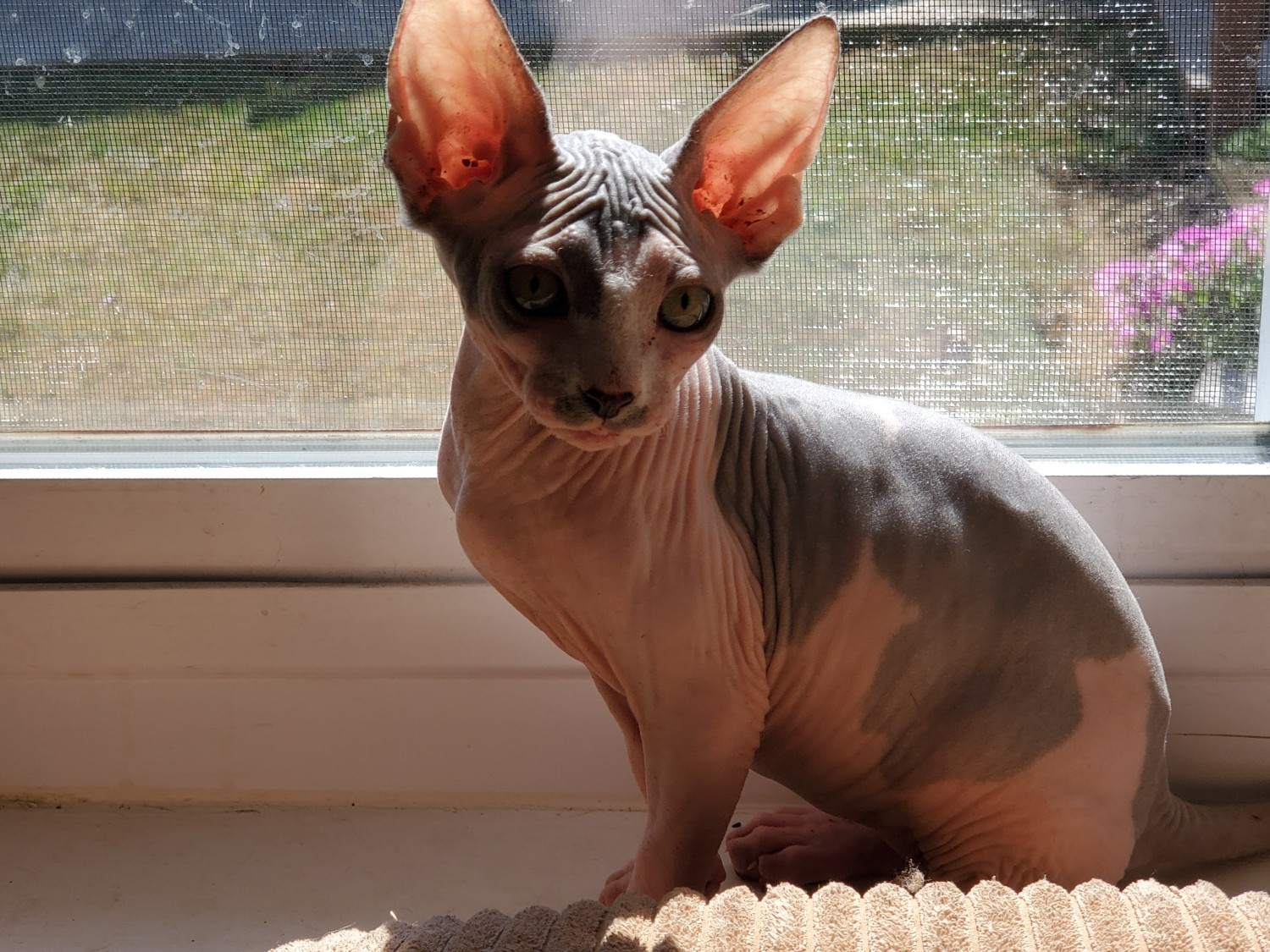
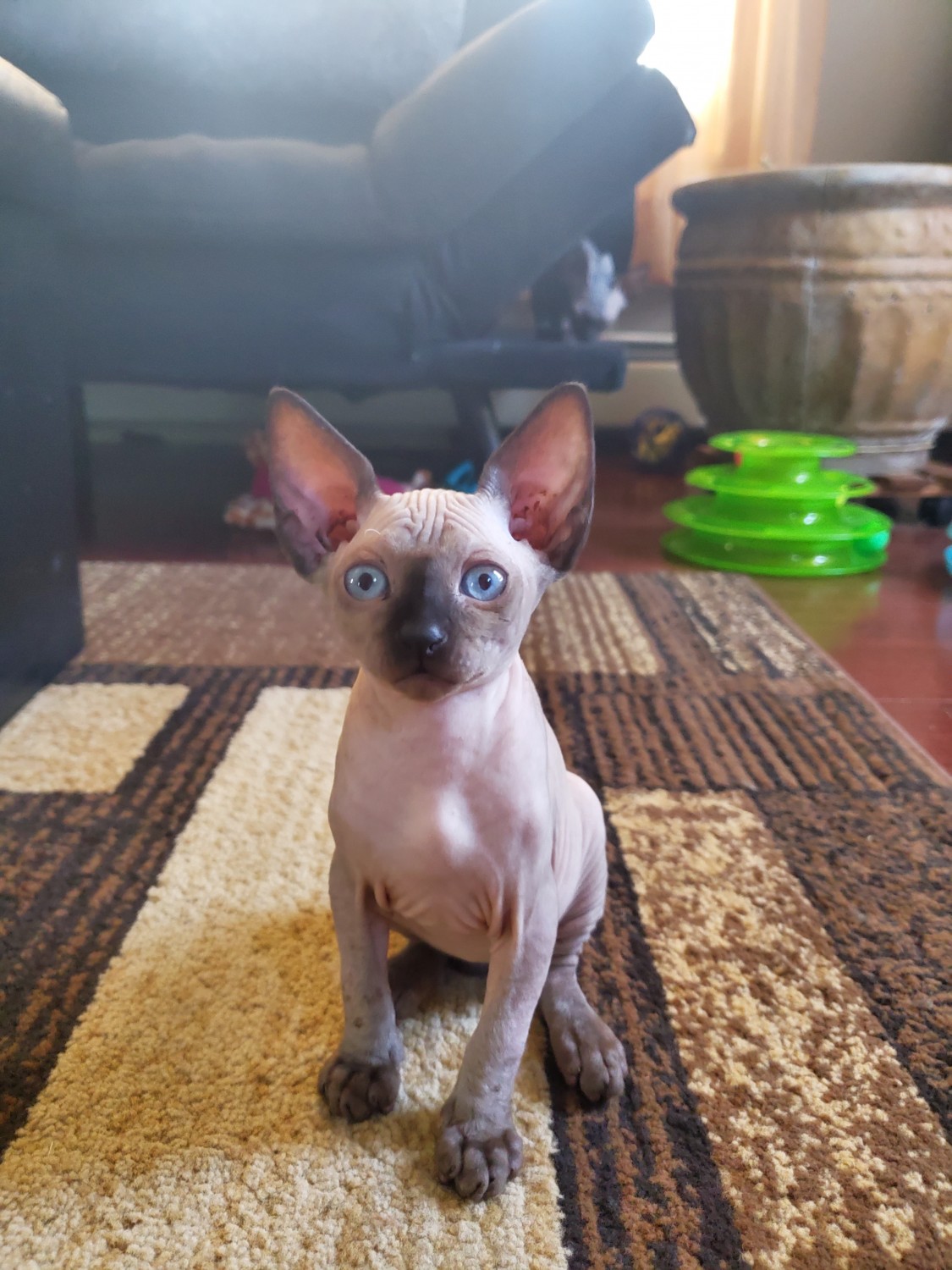

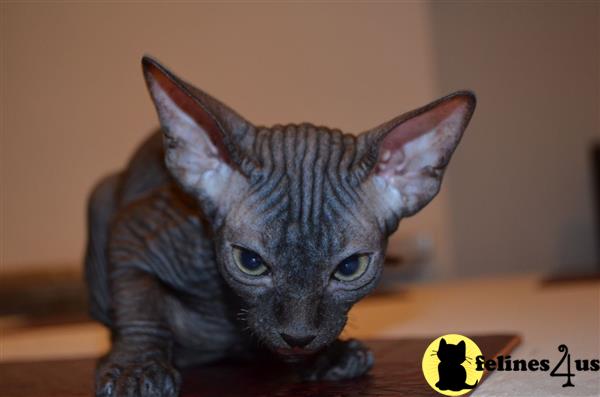




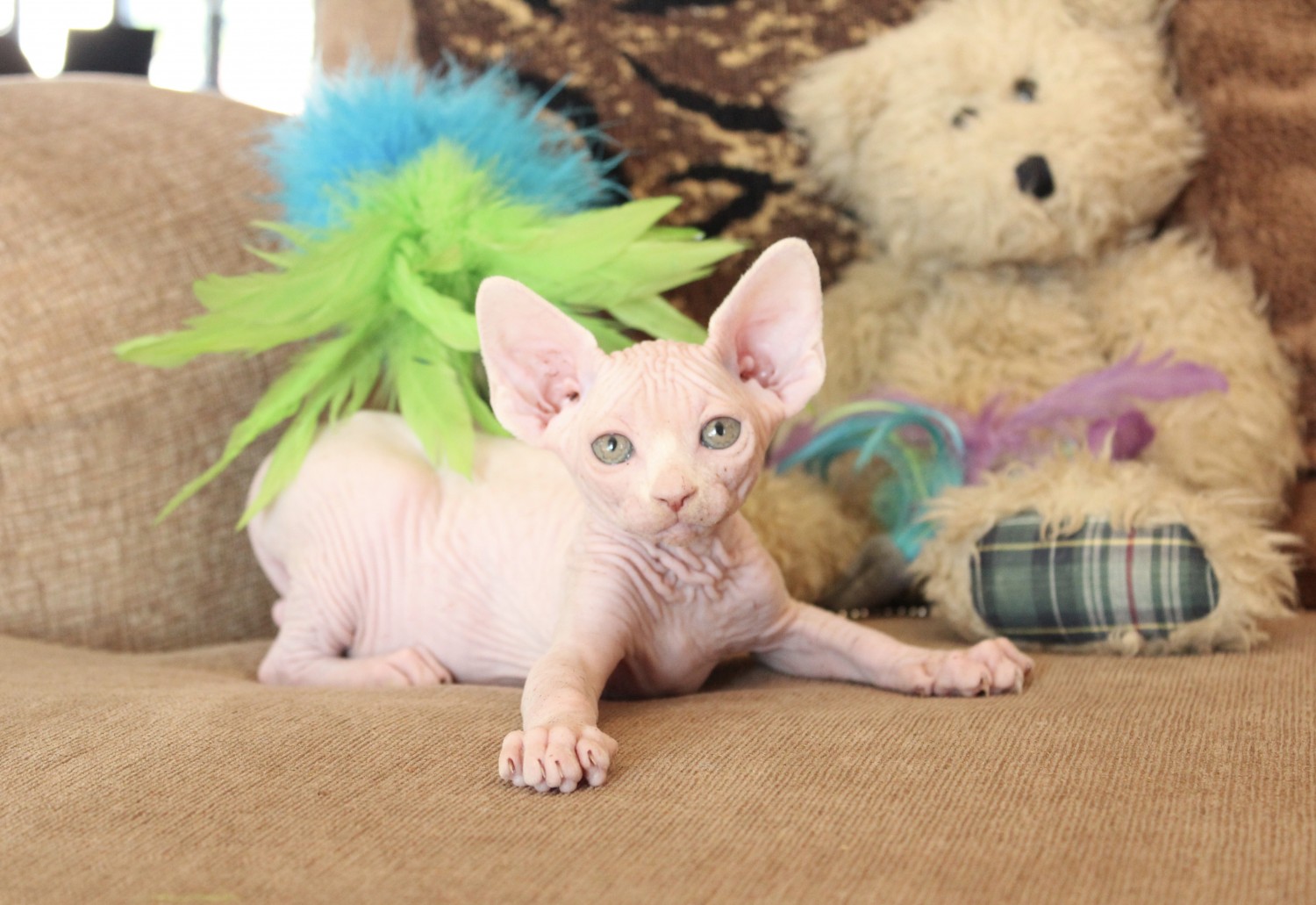






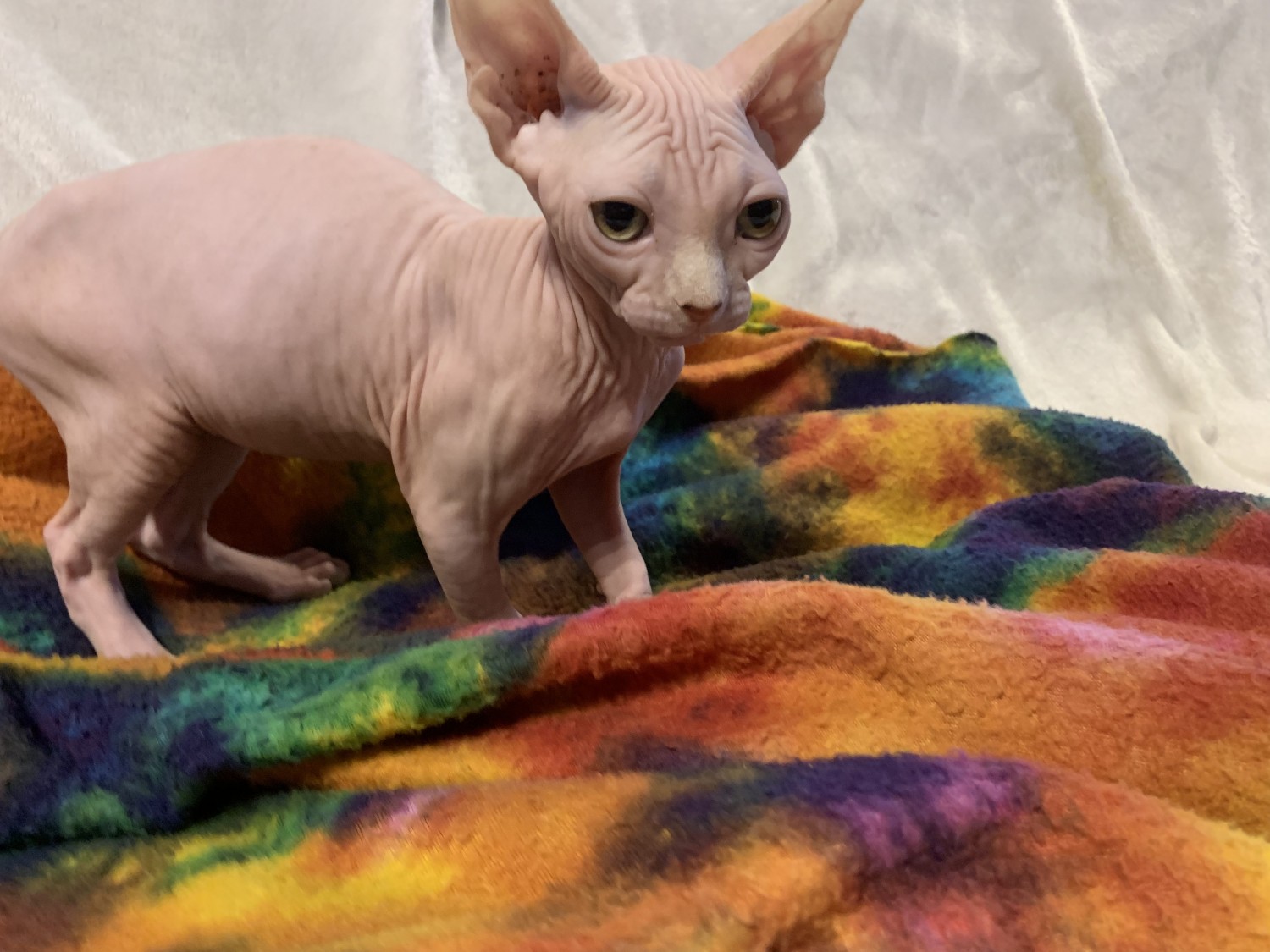








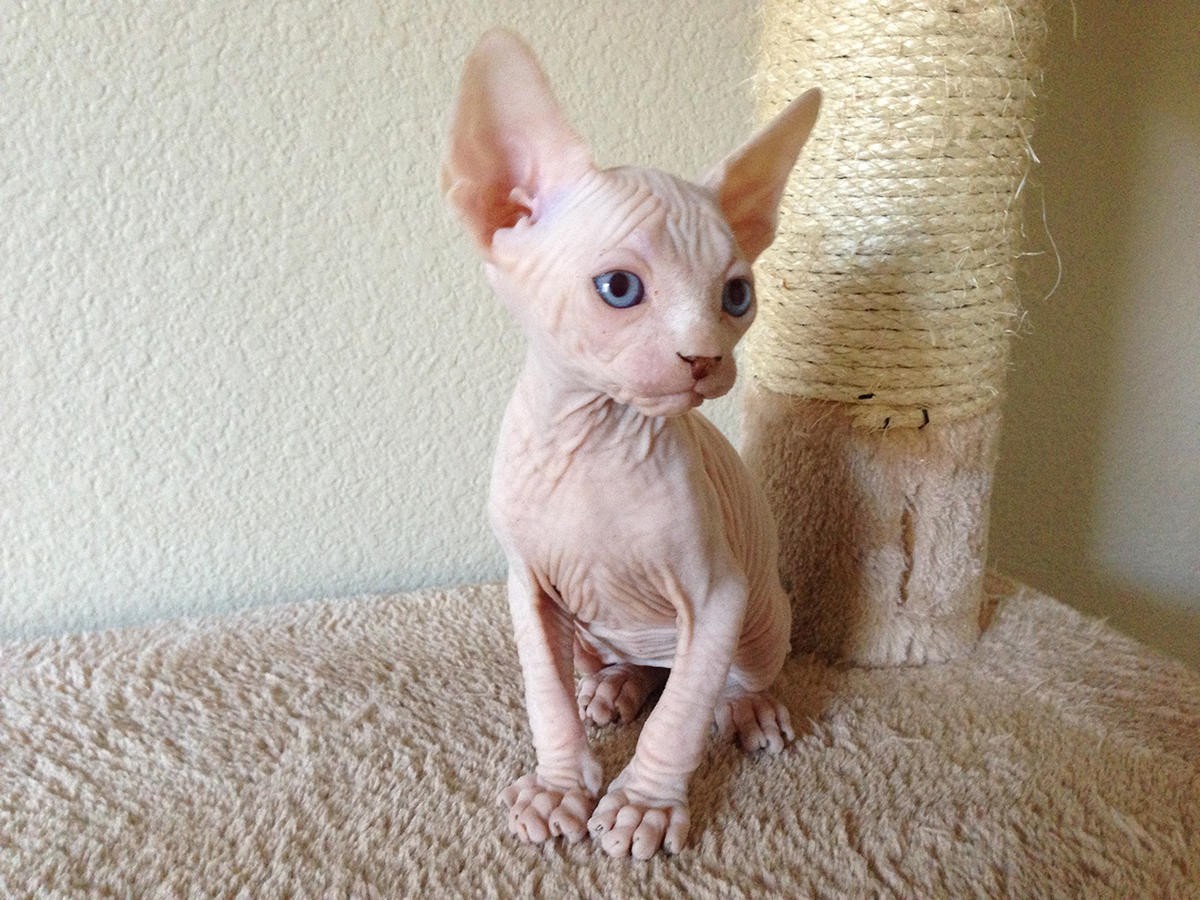


No comments:
Post a Comment
Note: Only a member of this blog may post a comment.